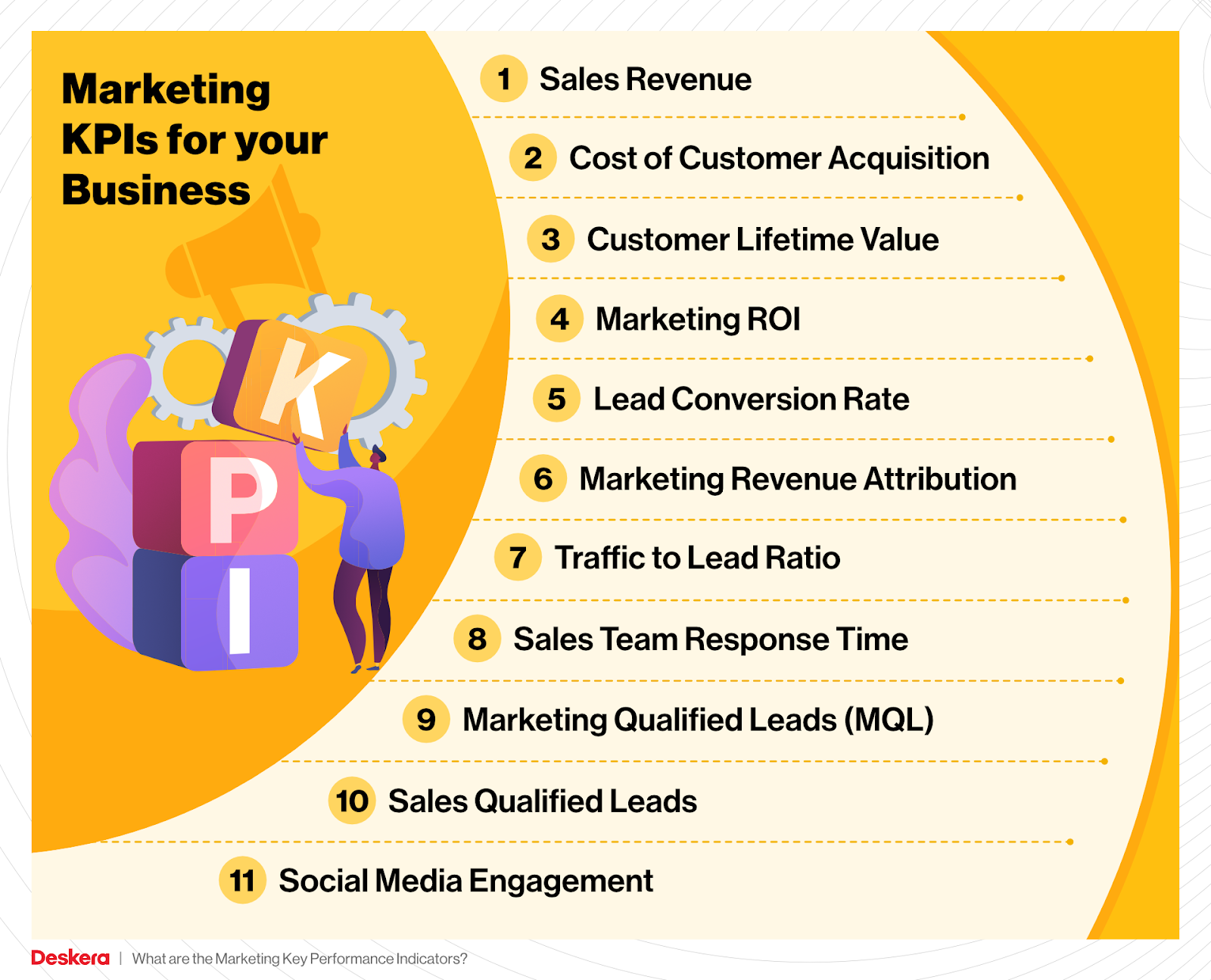The Rise of Account-Based Marketing in Lead Generation
As marketing strategies adapt to advancements in technology and shifts in consumer preferences, Account-Based Marketing (ABM) has gained traction as a focused approach to lead generation. This strategy prioritizes quality over quantity, concentrating resources on engaging and converting high-value accounts.
By aligning marketing and sales efforts, ABM allows for personalized marketing campaigns that directly address the specific needs and interests of key prospects. This targeted approach both increases the effectiveness of marketing efforts and significantly boosts the potential for conversion. Exploring the advantages and methods of ABM clarifies its growing role in shaping efficient lead generation practices.
Quick Takeaways
- ABM strategies enable a targeted marketing approach, concentrating resources on engaging and nurturing high-value accounts which are most likely to convert and yield significant revenue.
- By leveraging detailed insights into key accounts, ABM allows businesses to tailor communications and marketing messages to meet the specific needs and preferences of their target audience, enhancing engagement and relationship-building.
- ABM fosters a closer collaboration between sales and marketing teams, ensuring that both are working towards the same goals with a unified strategy, which increases efficiency and improves outcomes.
- Effective implementation of ABM requires the support of advanced tools and technology like CRM systems and analytics platforms, which help in precisely targeting and tracking the activities and results of key accounts.
Understanding ABM Strategies
Account-Based Marketing (ABM) tailors marketing strategies to individual accounts or customer segments, treating them as unique markets in their own right. This approach involves identifying high-value accounts early in the marketing process and developing customized marketing campaigns designed to resonate with the specific characteristics and needs of each account.

ABM integrates marketing efforts with sales objectives, ensuring that the targeting strategies are both specific and actionable. This specificity helps in crafting messages and campaigns that are not just appealing but are also directly relevant to the needs and decision-making processes of potential clients.
The Strategic Advantages of ABM
Targeted Marketing Efforts
By focusing on a select group of high-value accounts, ABM allows businesses to allocate their marketing resources more efficiently. This focus ensures that marketing efforts are directed toward prospects with the highest likelihood of conversion, optimizing marketing spend and resource use.
Personalized Engagement
ABM excels in creating personalized experiences for potential clients. By understanding the specific needs and business contexts of each account, companies can tailor their communications, offers, and content to reflect the interests and business objectives of their prospects.
This level of customization significantly enhances engagement and fosters stronger relationships with potential customers.
Alignment Between Sales and Marketing
One of the most significant benefits of ABM is the synergy it creates between sales and marketing teams. With both teams focused on the same accounts, their efforts are naturally more aligned, leading to a more coherent and unified approach to customer engagement.
This alignment both streamlines workflows and increases the effectiveness of both marketing and sales strategies, driving higher rates of customer acquisition and satisfaction.
Implementing ABM in Your Organization
Identifying Key Accounts
The first step in ABM is to identify which accounts to target. This involves analyzing existing customer data to pinpoint which accounts are most likely to deliver significant value.
Factors such as potential revenue, strategic importance, and likelihood of long-term partnership can guide the selection process. Utilizing data analytics and customer insights helps in creating a focused list of key accounts.
Developing Tailored Strategies
Once key accounts are identified, the next step is to develop bespoke strategies tailored to the specifics of each account. This may include:
- Personalized marketing messages
- Customized product offerings
- Tailored communication plans
The aim is to resonate deeply with the decision-makers at these accounts, ensuring that each interaction adds value and builds towards a stronger business relationship.
Technology and Tools
Leveraging the right technology is crucial in ABM. Tools that provide insights into customer behavior, preferences, and engagement can help fine-tune your approach. CRM systems, marketing automation platforms, and analytics tools are essential for executing ABM effectively, allowing for detailed tracking and adjustment of strategies based on real-time data.
Measuring the Success of ABM
Key Metrics and KPIs
To gauge the effectiveness of ABM initiatives, it’s important to measure performance using specific metrics. These might include:
- Engagement rate
- Conversion rate
- Customer lifetime value
- Account retention rates

Tracking these metrics provides clear insights into how well the ABM strategies are performing and whether they are meeting the set objectives.
Role of Analytics
Analytics play a pivotal role in measuring and refining ABM strategies. They help in understanding which aspects of your ABM campaigns are working and which areas need improvement. Continuous analysis allows for agile adjustments to strategies, ensuring that the campaigns remain effective and aligned with overall business goals.
Challenges and Considerations in ABM
Common Obstacles
Despite its effectiveness, ABM is not without challenges. These can include data integration issues, aligning sales and marketing teams, and ensuring that personalized marketing messages are scaled appropriately.
Additionally, selecting the right technology stack to support ABM efforts can be daunting due to the plethora of available options.
Strategies to Overcome Challenges
To overcome these hurdles, it’s vital to ensure thorough planning and communication across teams. Regular training sessions and workshops can help align sales and marketing efforts. Furthermore, choosing scalable solutions that integrate well with existing systems will minimize technological barriers and enhance the efficiency of ABM strategies.
Elevate Your Marketing Success Today with Televerde
Account-Based Marketing represents a strategic pivot from traditional marketing methods to a more focused, personalized approach. By honing in on key accounts and tailoring marketing efforts to meet their unique needs, businesses can achieve higher conversion rates and foster stronger, more profitable relationships.
Ready to transform your lead generation strategy with ABM? Contact Televerde today to discover how our tailored ABM strategies drive growth and build meaningful relationships with your most valuable accounts. Let’s unlock your business’s potential together.

